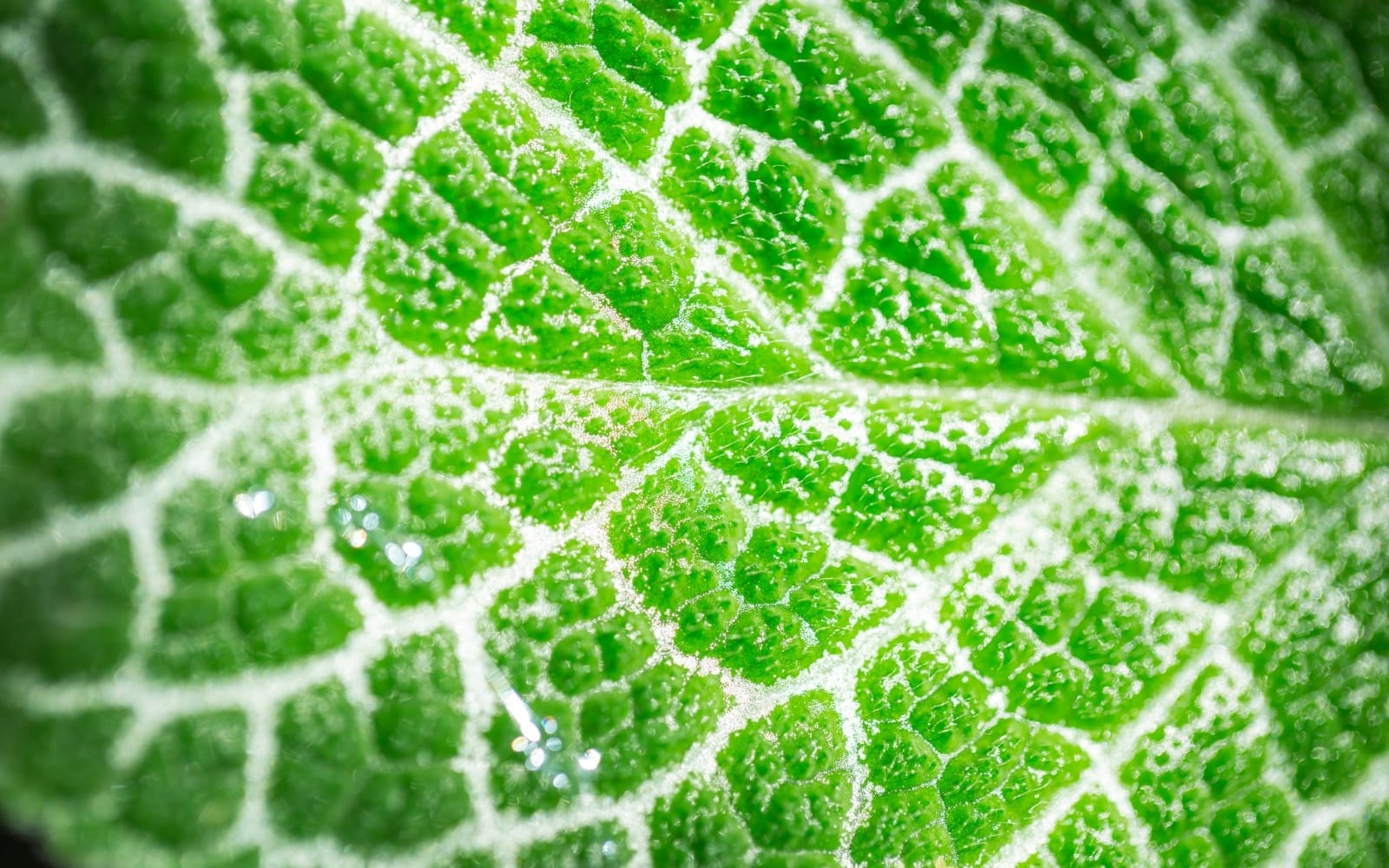The red-to-far-red fluorescence ratio is sensitive to changes in environmental and growing conditions; therefore, it can be used as an early indicator of plant stress. Photosynthesis, especially the sensitivity of photosystem II (PS II) to stress, is leveraged while using the ratio. The red-to-far-red ratio has several practical applications in precision agriculture and in developing… Continue reading…
How Do Organic Fertilizers and Photosynthetic Rate Work Together?
Most research findings show that organic fertilizers improve the crop’s photosynthetic rate. The improvement occurs through increased photosynthetic efficiency, increased leaf number and area, and enhanced leaf chlorophyll content. Organic fertilizers enhance the soil’s nutrient status to support better plant growth and health, which increases crop photosynthetic rate. In many cases, organic fertilizers were more… Continue reading…











